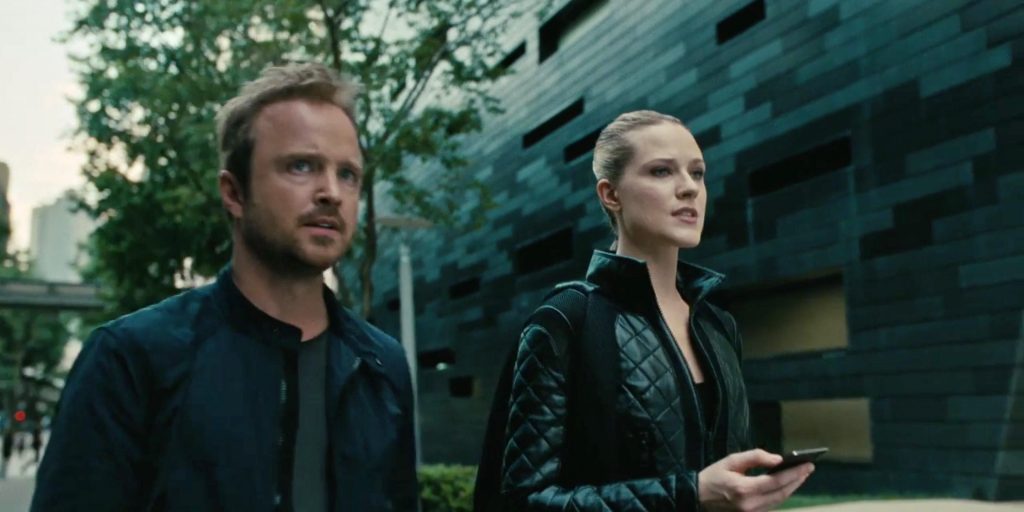We recently caught up with the veteran Fixtures Foreman, Damon Liebowitz and discussed his work on Westworld season 3. Liebowitz has worked on several notable television shows and motion picture films such as Homecoming, A Wrinkle in Time, The Cloverfield Paradox, Baywatch, and Gone Girl.
Liebowitz is no stranger to the ever-expanding Westworld universe. He, along with most of the season 3 crew, have been working on the show since its inception. With almost everyone returning for the new season, a real family-like atmosphere formed during principal photography. ”The Set Decoration and Art Department crews have remained the same for all three seasons, we work very well together,” says Liebowitz. He adds, “there is no other show like it and this season showcased the best of everyone who worked on it. “
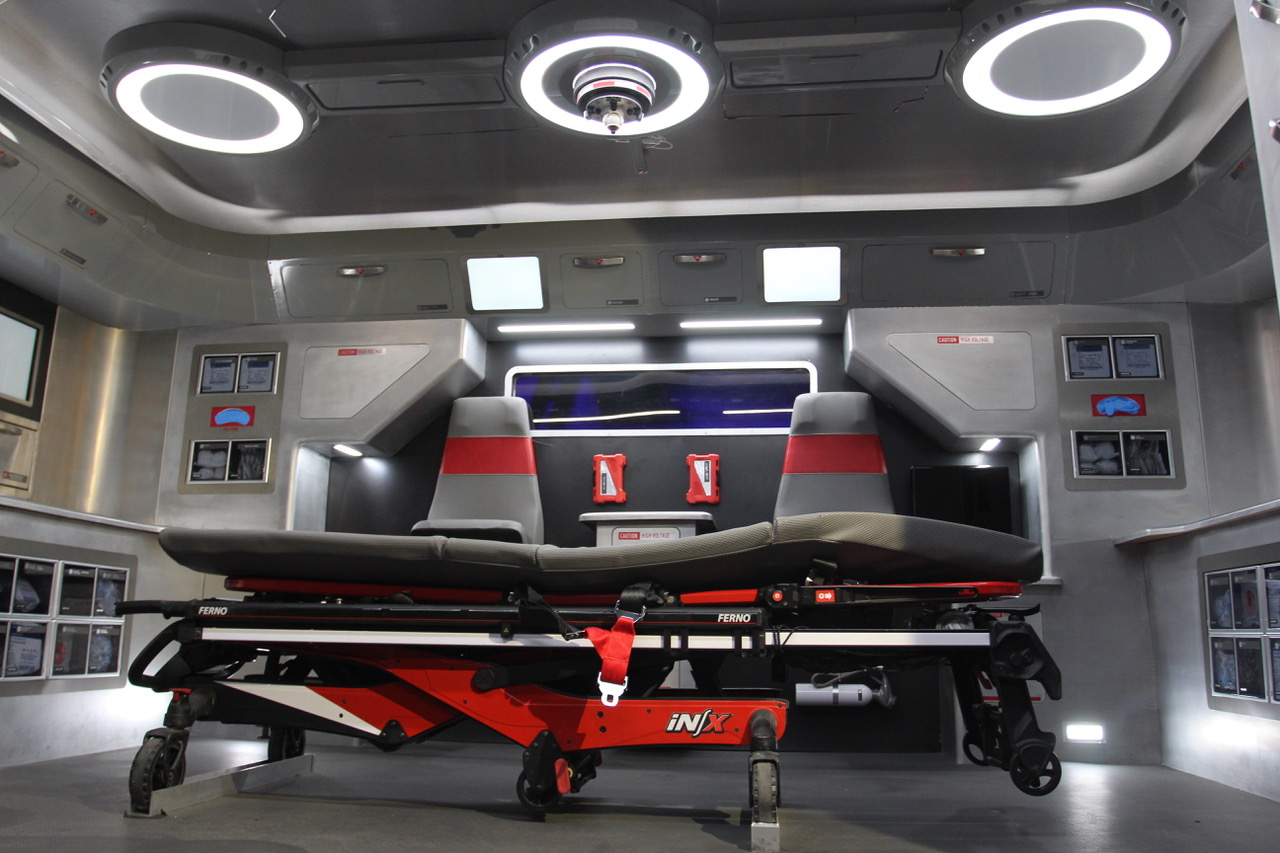
Creating the visual style and look of season 3 would not be an easy task for the Westworld team. The plot started to push out the “old west” backdrop at the end of season 2, and bring in a futuristic, stylistic look. Liebowitz and his crew were aware of this going in and were excited to formulate a new look that would set the tone for the new season. “At the end of Season 2 there was talk of 3 being “Future World” and my team and I were very excited,” says Liebowitz. The Art Department used Singapore as a reference for what the future looks like. Linear Lighting was a term used constantly which meant LiteGear LiteStix everywhere to visually say future,” says Liebwotiz. He adds, “We kept a sizable collection of various aluminum extrusions loaded with LiteRibbon Cinema Hybrid and LiteRibbon Chroma on hand. Visually the Future World is very symmetrical and sleek with lots of black/grey and the base color for light is a neutral 4000k.”
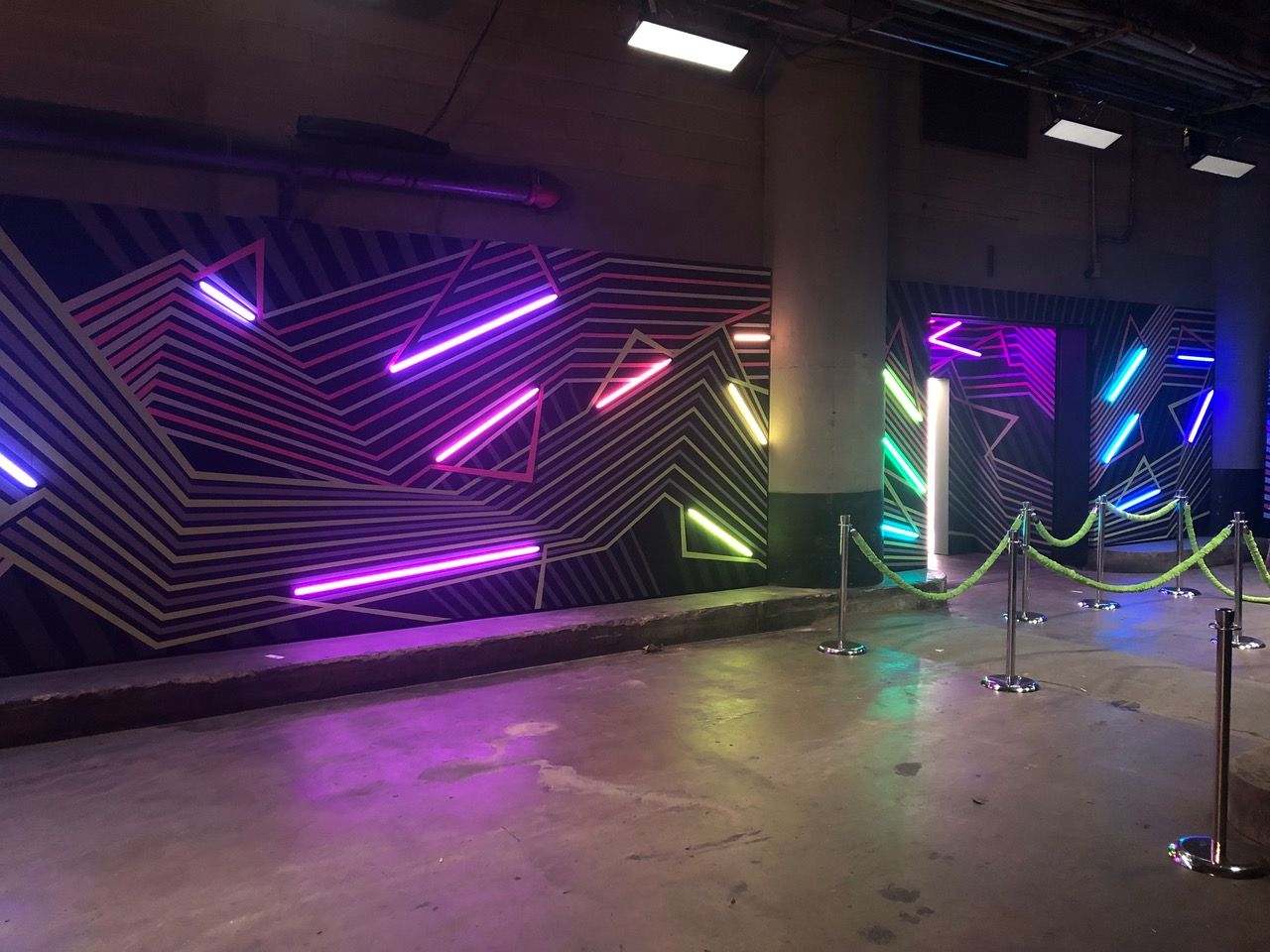
The Westworld sets are usually massive and aesthetically pleasing, with the cinematography so immersive and gorgeous. Each episode is like it’s own little feature film and would take 15-20 days to shoot. “Most of the sets/locations were one-offs and frequently shot in a single day, which is why this show is so challenging,” says Liebowitz. he adds, ”Logistics was our main obstacle.” Most days the crew would have multiple locations being rigged, shot and wrapped in addition to sets on stage. “All of them were large scale; the show takes advantage of grand locations and wide master shots, often at night so the sets have to match in scale,” he says. Additionally, Liebowitz and his crew were heavily involved in the design and lighting of vehicles. “Motorcycles, autonomous Rideshares, Flying Airpods, Riot/Police tanks, and an Ambulance were all elements enhanced with LED lighting in order to create a more futuristic visual,” says Liebowitz.” The various methods of transportation in the future became a large part of season 3
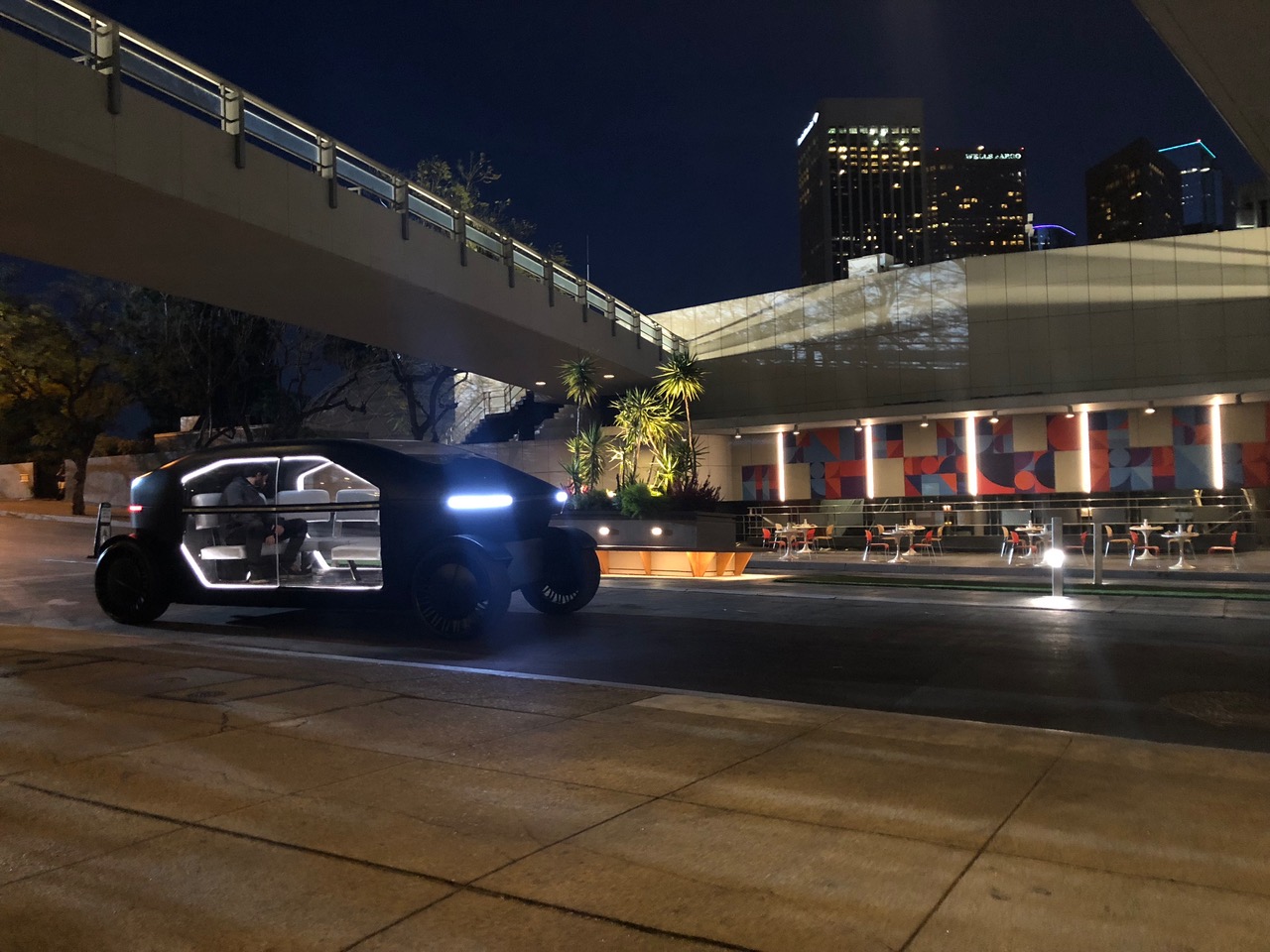
The Westworld crew did not have the benefit of having that “natural background” set to fall back on in season 3. This brought about additional challenges for the team. “We had the western backdrop of Melody Ranch and our main Lab set in previous seasons. This time we didn’t have a central set for characters, like a typical TV show,” says Liebowitz. He adds, “Rotating sets at LA Center Studios, Downtown Los Angeles and Greater Los Angeles County became our back lot.” The characters were always moving and going to new places in this Future World, so the traveling circus aspect was a huge challenge. We didn’t have time to regroup or reuse assets because we were constantly trying to stay ahead of the shooting crew.”
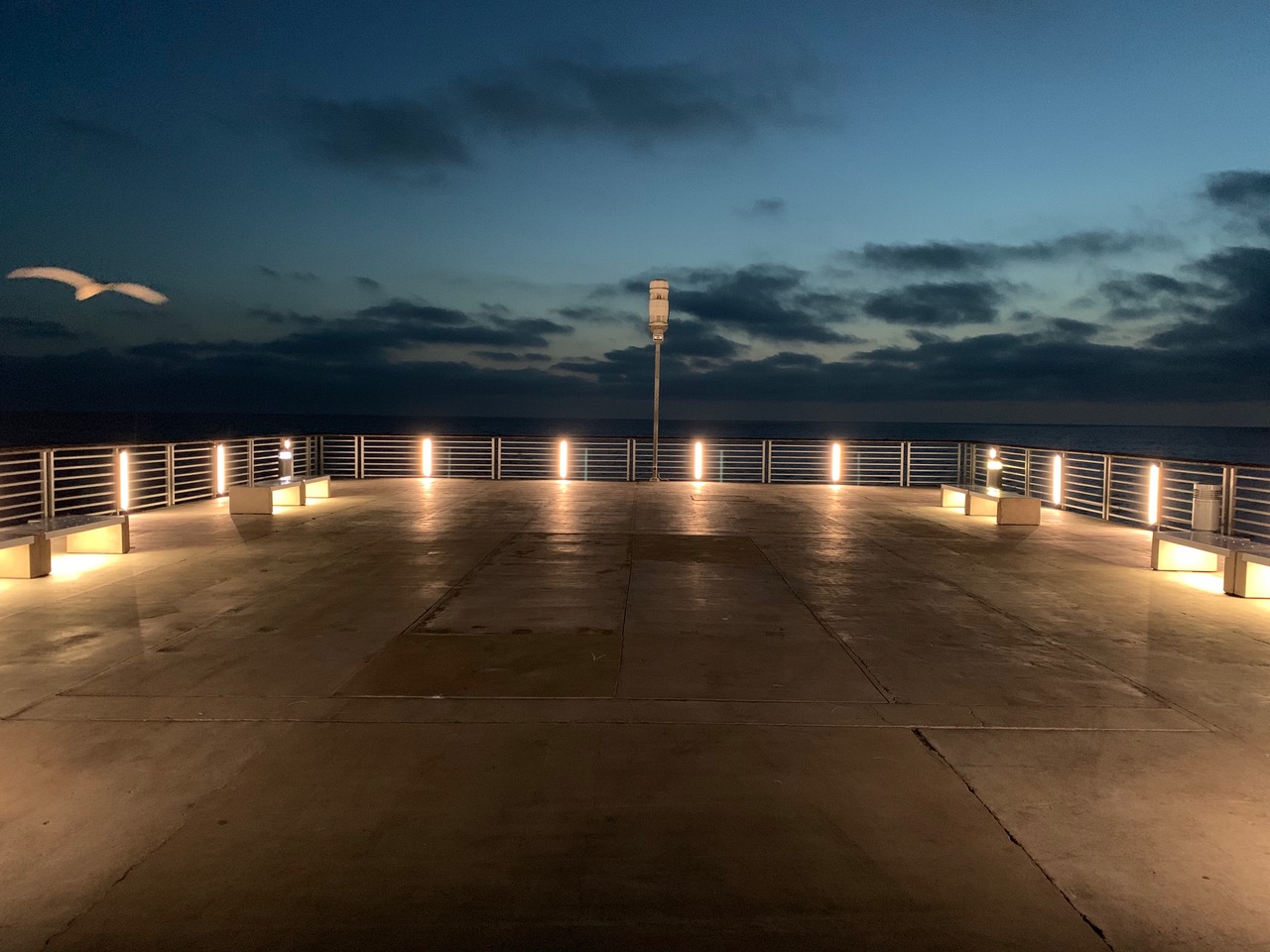
Liebowitz and his team had a few favorite go-to LiteGear products that came in handy throughout the season. LiteRibbon Cinema Series had just come out and become available when principal photography began, and the Westworld crew were excited to work with true cinema quality hybrid. “We did some tests with Russell Ayer (CLT) and Paul Cameron (DP). We really liked the increased output and wider latitude of Kelvin range Cinema Series offers; Production enjoyed the lower price point,” says Liebowitz. He adds, “The Rideshare vehicle and Ambulance interior were lit with LiteRibbon Cinema Hybrid and many of the sets/locations utilized it as well.” “The 4x4v3 was our controller of choice for much of the locations and sets,” says Liebowitz. He adds, “LiteMat Plus units were also used in numerous locations throughout the season; I assume next season LiteMat Spectrum will be a major lighting tool for us.”
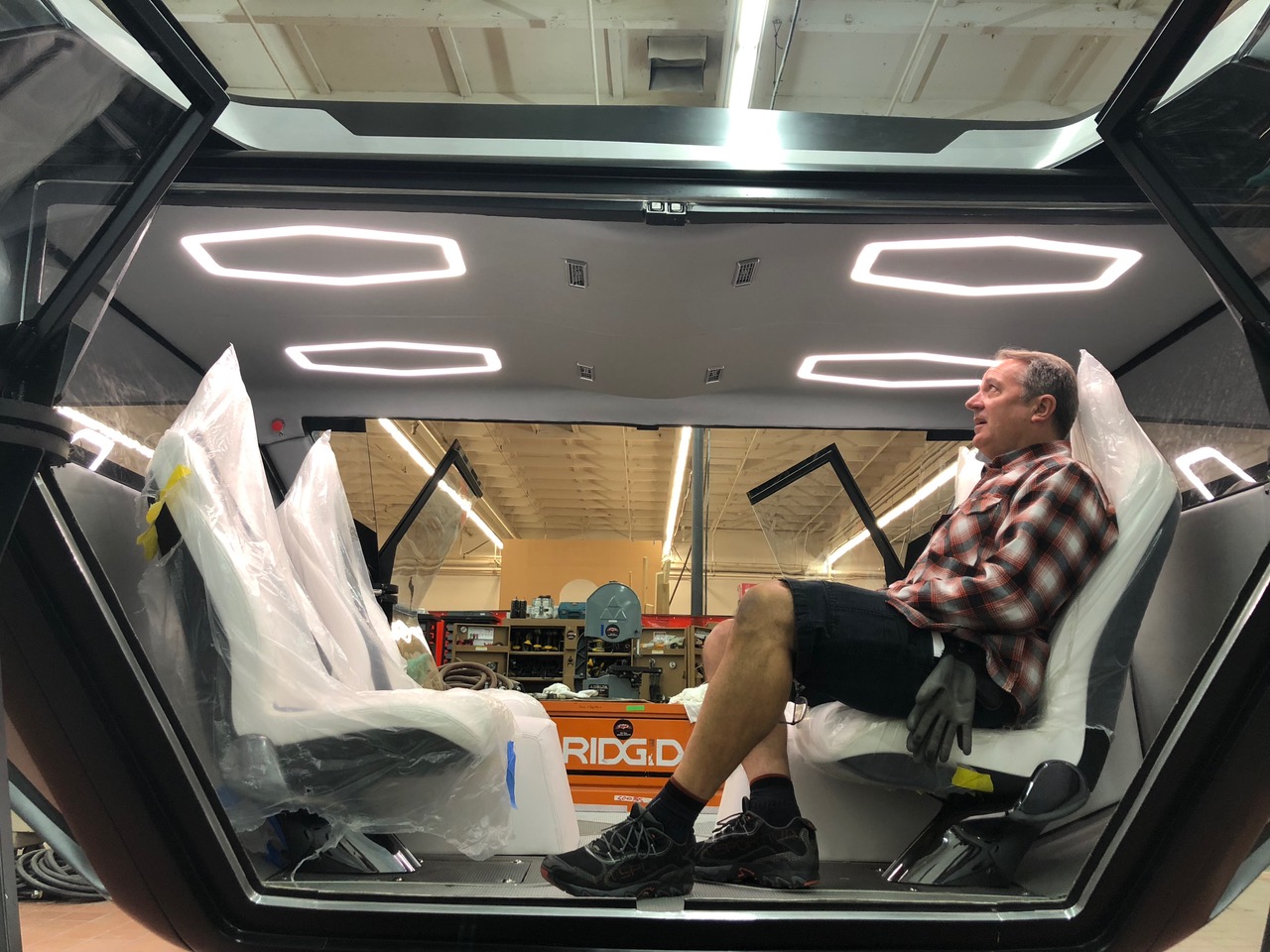
You can catch more of Damon’s work later this year, in Netflix’s The Prom.
To view more information regarding some of the products used in Westworld season 3, check out these links: LiteRibbon, LiteStix, LiteMat.

